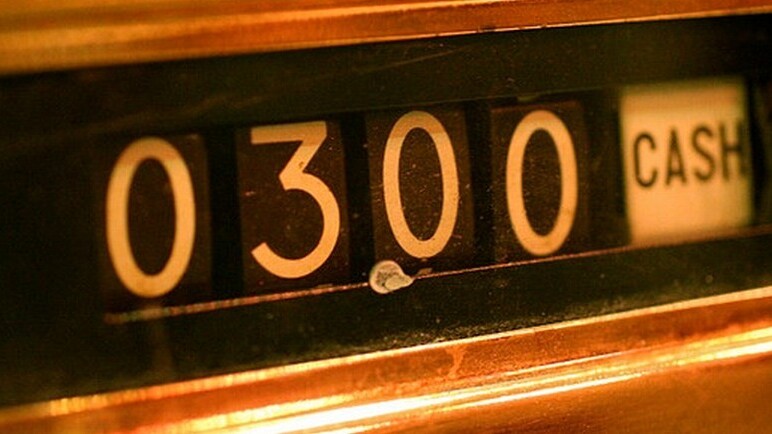
Andrew Sullivan made waves yesterday announcing that he was taking his publication and team away from The Daily Beast, and striking out on his own. His plan to sell yearly subscriptions to the blog at a rate of $19.99 – you can pay more if you wish – raised many eyebrows: would his readers pay?
Now 24 hours into the experiment, the answer is a resounding yes: 12,000 subscribers have signed on thus far, bringing in $333,000, according a recent post by Sullivan. On average, readers are paying an additional $8 per subscription over the asking price, a figure that is some ways skewed by a single $10,000 donation.
What is quite interesting about Sullivan’s audience is that his paying readership is nearly all in the United States, where he has acquired 10,000 customers, leaving just 2,000 slots left of the current crop for the remaining countries in the world. The United Kingdom appears to come in second place, with more than 300 subscribers.
Inside the United States, New York and California are the two key markets for Sullivan. Arizona appears to be the only state in which no one has ponied up a single Yuppie Food Stamp to support The Dish’s new vision.
There should be room for the publication to continue taking in cash. According to the post announcing the above figures, donating members number roughly 1% of The Dish’s monthly readership. That is the key question: what percentage of his readership can Sullivan convert? His personality-driven blog – and I mean that in an utterly neutral sense – is a running question the answer to which might recast part of the digital content monetization question.
If Sullivan can bring in a cool third of a million in a day, and likely far more by the time his ‘meter’ goes into effect, what is stopping gangs of journalists from leaving their ad-driven parent publications and strike out on their own in similar fashion?
How many tier-one writers would it take to attract a half million in yearly donations? Five? Ten? The numbers have to work, but Sullivan is thus far making the case that going alone can at once get rid of page view hunting – the new Dish will not carry advertisements – and heavy-handed editorial oversight.
If Sullivan can garner 7 figure revenue for his project, he’ll have torn up a chunk of the old rule book. TNW will bring you the next round of stats from the experiment when they are released.
Top Image Credit: Luz Bratcher
Get the TNW newsletter
Get the most important tech news in your inbox each week.




